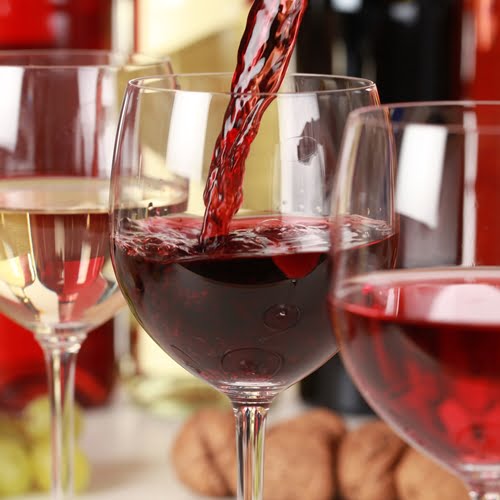
Is caffeine-infused clothing a real possibility?
Where the finest products along with everything you need for “do-it-yourself” label printing are just a click away.
Call Now: +1-866-299-0066 or Live Chat

There’s such a fine line that needs to be walked when it comes to prime labels: informative, but not overwhelming. This is a challenge for the makers of any product intended for mass distribution, but there’s an added incentive for wine labels to keep things approachable.
It can all be a bit dizzying for the person who isn’t as well versed in the nuances of wine lingo, nevermind the different vintage names that carry with them certain associations. But the Alcohol and Tobacco Tax and Trade Bureau has certain classifications called Wine Appellations of Origin that bring with them all sorts of guidelines for the way in which these beverages can be described on the bottle.
Location, Location, Location
For starters, American wines need to, obviously, be from America and actually wine (that is, really derived from grapes). But complicating the matter further is the case of what are the different cases of “appellations,” which can pertain to states as well as countries and may also, in certain conditions, use terms like “estate bottled.” Size matters as well, seeing as 187 milliliters is a cutoff point.
There are industry reasons to get so specific, which may help your brand and be a sign of the seriousness with which you take your craft. However, part of the reason prime labels are needed, as well as the equipment to pack the required descriptions in neatly, is due to that delicate balance referred to earlier.
Wine Words
The Scranton Times-Tribune featured an article by David Falchek describing the change that a more specific labeling system for wine brings with it, as requested by important wine organizations.
“The intent is not to make wine labels more complicated, but to give consumers even more detail about the providence of what they are drinking,” Falchek writes. “The rule only applies to the label, not how the wine is marketed.” He goes on to say that these descriptions might not affect the way that wines are listed in restaurants on menus.
Another wine writer, featured in Maryland Community News Online, Louis Marmon, addressed the problem of ambiguity around different types of specious wine terms. There’s a certain frustration that can only be gained from trying to make sense of unnecessarily obfuscating wine labels.
“What exactly does ‘old vines’ mean?” Marmon quips. “25 years? 50 years? Older than the winemaker? And how much of the wine needs to originate from these vines to achieve this designation? The Treasury Department has been considering tightening the use of such terms since 2010 and are scheduled to make a decision sometime next year.”
Form Suggests Function
Though it’s clear that the specificity that wine groups want may lead to some better understanding in the long run, producers should focus on making labels that are of high quality, as after that, everything else should fall into place.
A crisp, clearly printed image means that the words accompanying it are more likely to be read and are, hopefully, neater. Printing wine labels should come naturally to your company, and with the necessary tools onboard there’s a good chance that they will. The VIPColor VP485 can be a useful solution based within a company that may help this process along.